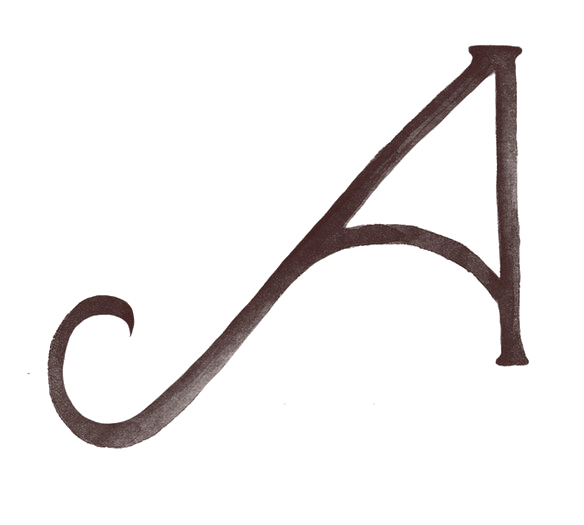Unpunctuated dialogue
Having been a strict punctuator most of my writing life I've recently written a number of stories with unpunctuated dialogue.
I quickly learned the difference between these two approaches. Any notion that dropping a few quotation marks would have my characters' voices zinging off the page was soon put aside as I struggled to make simple conversations flow. I had none of the tools I normally used to differentiate my characters' words from mine.
With perseverance I've managed to make a more reasonable fist of the process. I've also learned that unpunctuated dialogue is a conceit. At its best (think Tim Winton) it has a raw immediacy. It looks easy. But it requires work to make it read well.
There are a few tips I'd give anyone attempting this for the first time:
Speech tags after the spoken line (not before) and not after every line. The writer has to trust the voices they've created to assist in determining who is speaking.*
At times characters should direct lines to each other by name — you'll probably be surprised how natural this sounds.**
Read your unpunctuated dialogue aloud to be sure the lack of punctuation doesn't create potential confusions.
Ultimately the choice to write dialogue this way is not simply a matter of grammar or style. It's a decision that should be based on what's right for your story and its characters. But it's a no-risk decision, as there's always the traditionally punctuated option to fall back on. So why not try it next time you're writing a dialogue-heavy story. You may be pleasantly surprised.
* Use of speech tags. Listen for the difference in rhythm between these two sentences:
Paul says, This is nice. This is nice, says Paul.
** Examples of directing dialogue by name:
Alvin, you really are a winner. I can’t stand this government, Shelley. What do you think?
May your words pour onto the page,


